When replacing means a radical change. Overview of light armored vehicles. (Part of 1) USA
When the venerable Jeep (or rather the Ford Mutt evolutionary model) needed a replacement in the middle of the 80s of the last century, the American army chose AM General (High Mobility Multipurpose Wheeled Vehicle), a highly mobile multi-purpose wheeled vehicle. And although it was larger, more functional and more powerful, however, it remained just a four-wheel drive general purpose vehicle. However, then came the Yugoslav war with its mines and snipers, and the question arose about strengthening all types of protection, while especially systems from the company O'Gara-Hess and Eisenhardt. Then came the second Iraqi conflict and the Afghan war with roadside bombs, and more armor needed to be added so that the car could perform tasks for which it was not originally intended. Almost 30 years later, something needs to be changed ...
The program for replacing the HMMWV (usually called the Hummer - Hummer or Humvee - Humvee) remains at the top of the list of programs for light armored vehicles, given the number of replaced equipment. The program is constantly evolving, and three competing teams (BAE Systems with Navistar, Lockheed Martin with BAE Systems Mobility and Protection Systems and General Tactical Vehicles formed by General Dynamics Land Systems and AM General), won the technology demonstration contracts, presented their prototypes to it in the middle of 2011 year.
USA
When the EMD (Engineering & Manufacturing Development) phase of the JLTV machine was announced and the final RFP was set for March 27, 2012 (extended from the original January 26), several companies announced their participation in competition. All this only benefited the army and the marines, who wanted to see the average price of the base vehicle 10 to 20 percent lower than the original cost, about $ 300. The cost reduction plan was only saved by the revision of their requirements by these branches of the military: based on the threat of the program closure by the Senate Appropriations Committee in September 000, the US Army and Marines relaxed their transportability requirements, which reduced the target cost per unit to 2011 - $ 220000 (with an optional B-kit booking of a maximum of $ 270000) and cut the EMD stage from 50000 months to 48 months.
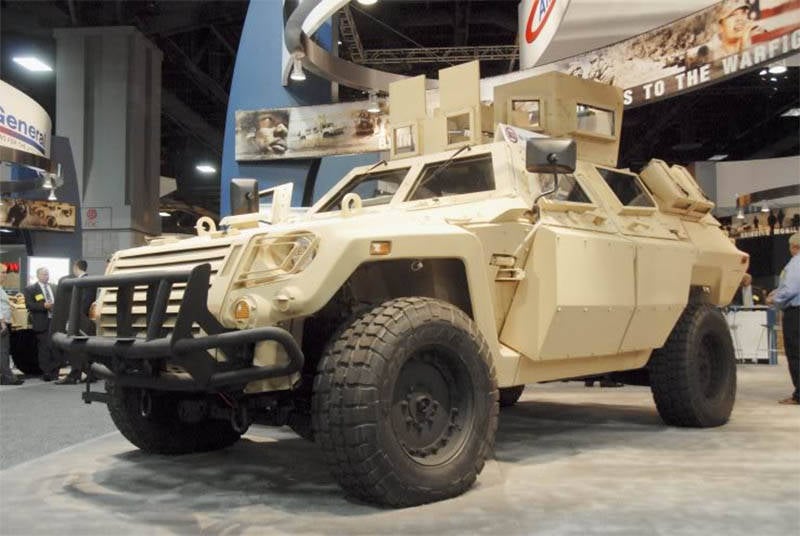
The army stated that they intend there, starting from 2015, to purchase "at least" 20000 JLTV machines with an option for another number, while the Marine Corps could postpone their acquisition until the end of the 20s. The corps plans to purchase about 5500 machines, 4650 CTV (Combat Tactical Vehicle - combat vehicle) and 850 CSV (Combat Support Vehicle - combat support vehicle).
The fleet, along with the command of special operations can join the section of the pie, the Navy have a potential need for 400 - 500 CTV and 150 - 200 CSV, although the special forces have not yet decided on the number. This may affect the cost reduction process and again jeopardize the future of the JLTV program.
The JLTV competitor for a long time was a deep redesign of the Humvee fleet, although a number of studies indicated that a converted Humvee (better known as HMMWV) may be economically unprofitable. The chances that the MECV (Modernization Expanded Capability Vehicle) vehicle upgrade program - upgrading the HMMWV official language - will ever see the light is now zero after the 26 Ministry of Defense January 2012 announced its closure, as it was determined exceeds existing needs.
The main changes in the requirements were the army’s decision to have the same level of protection as the M-ATV. In addition, the cancellation of category B reduced the number of JLTV variants to two: a CTV combat vehicle carrying four passengers and 3500 pounds (1587 kg) and a combat support vehicle CSV carrying two passengers and 5100 pounds (2313 kg) of cargo. In mid-March, 2012, six bidders submitted an application: among them AM General, BAE Systems, General Tactical Vehicles, Lockheed Martin, Navistar and Oshkosh. The decision on the finalists was expected at the end of June 2012 of the year, but was postponed until 23 of August 2012. And so on this day three finalists were announced: Lockheed Martin, AM General and Oshkosh.
GENERAL TACTICAL VEHICLES Group
Based on the revision of the requirements of the army in the industrial group General Tactical Vehicles (consisting of AM General and General Dynamics Land Systems), several possibilities were discussed with a view to ensuring maximum flexibility and preserving the GTV group itself; it was decided to provide each company with the opportunity to compete with an individual application, while maintaining the overall GTV offer. At AM General, they decided to go at their own peril and risk, taking as a basis the work done on upgrading the Humvee and on the JDTV EMD program for automotive components such as engine, suspension and transmission, as well as booking solutions associated with both of these programs. .
The correct combination of developed and existing components gave birth to the machine Blast-Resistant Vehicle-Off-road-abbreviated BRV-O, the colloquial pronunciation of Bravo. As with the other applicants, little is known about BRV-O. While AM General reports that the prototypes made and tested one hundred percent meet the requirements of the JLTV program (which is quite natural), the only details voiced concern the power plant. This is a 3,2-liter diesel turbocharged Optimizer with an 300 horsepower, in other words, the same is on the prototypes of the previous stage of the JLTV. AM General, which bases its car on the concept of a crew's armored capsule (compartment-cockpit), collaborates with the best experts in booking, while automotive components, such as self-leveling suspension and transmission, are well-tested, mass-produced systems, which reduces risks and costs.
For its part, GDLS decided not to declare itself, but offered to participate in the competition in the GTV group by proposing, together with AM General, an Eagle car of Swiss origin, thus adding a finished military product to this program. Although slightly modified to meet American requirements, the car is based on the latest Eagle variants (they are not based on the Humvee, but on the Duro chassis - originally a Swiss project from Bucher-Guyer).
LOCKHEED MARTIN Group:
Since the end of the technology development phase, this industrial group has remained in the same composition. In addition to Lockheed Martin, its other members are BAE Systems Mobility and Protection Systems (responsible for the V-shaped hull and blast wave impact reduction devices), Alcoa Defense (aluminum components for weight reduction) and JWF Defense. As we know, the original proposal for JLTV had to be redone due to changes in requirements, but this required the accumulation of certain experience, including more than 257 000 km of running tests. Improvements compared to previous models concerned reliability, resource, and especially weight loss, that is, those characteristics that Lockheed Martin considers to be the most important.
Indeed, for JLTV, this is not just a truck, but an integrated system that includes training, modeling and maintenance during the entire life cycle. At the stage of submission of proposals, the company considers this experience as its plus. Lockheed Martin also offers its solution for the British Army MRV-P (Multi Role Vehicle - Protected, Multi Purpose Vehicle - Protected) currently at the concept stage. Although some tasks can be performed by machines already in use or ordered under urgent requirements, Lockheed Martin believes that there is still a need for more secure, universal machines. The company is convinced that the cost of the new JLTV machine may correspond to the structure of the British program, given of course the American "origin" of the JLTV.
BAE and NORTHROP GRUMMAN
BAE Systems has retained its offer from Valanx, although this machine has been upgraded to meet new requirements. Another significant development was the invitation of Northrop Grumman to the team, which initially included only Meritor Defense, the company responsible for the suspension. Northrop Grumman will be responsible for the integration of the hardware and software of operational management, computers and communications. The first significant upgrade was the propulsion system, the former six-liter diesel engine Cummins V8 with the power 340 hp. was replaced by a Ford Power Stroke 6,7-liter turbocharged diesel engine with an estimated HP 400 horsepower.
The company BAE Systems has completed complex work on the reconfiguration and weight reduction in order to meet the new requirements set by the army and marines, leaving a mass reserve for the installation of various additional tools and equipment. As for mobility, the new Valanx should retain the independent ProTec Series 30 High Mobility Suspension developed by Meritor Defense, which features dual levers and pneumatic semi-active shock absorbers providing adjustable ground clearance from 178 to 610 mm.
NAVISTAR: This company offered a variant of your car Saratoga. The base machine has a total weight of just under 10 tons with a load capacity exceeding JLTV requirements, as it can carry 7200 pounds (3265 kg) and a crew of 4 people plus an arrow. The car is equipped with a turbocharged engine with intercooling MaxxForce D6.0 V8 with 325 horsepower. with a six-speed automatic transmission supplemented by a two-stage transfer case. The car has a fully independent pneumatic spring suspension, which allows not only adjusting the ground clearance depending on road conditions and speed, but also reduce the overall height from the operational 2,97 meter to the 1,93 meter for transporting it through the air (the machine has a length of 10,36 m and a width of 2,59 m ).
According to sources in the company, the basic version of Saratoga is 85 percent compliant with JLTV requirements. The remaining 15 percent is achieved through minor design modifications, namely weight changes and integration of the digital architecture in order to meet the requirements of the American program.
OSHKOSH
This is one of the companies that did not receive a contract to develop JLTV in 2008. The project L-ATV (Light combat tactical All Terrain Vehicle - light combat off-road vehicle), developed at one time to meet American requirements, used the experience gained by the company in the development of the M-ATV (Mrap-All Terrain Vehicle; the car was the development of the Mrap concept, aided by concerns about its mobility). Oshkosh solution is based on a lighter car with independent suspension TAK-4. In the newest version of the L-ATV project, this solution was further developed (which makes it a sixth-generation machine) thanks to the installation of the Oshkosh TAK-4i intelligent independent suspension providing the 508 mm wheel travel and, therefore, improved off-road maneuverability.
The bottom (bottom) of the car is free of such major components as, for example, a transmission or transfer case that could become a threat in case of an explosion; New protective kits designed for M-ATV machines can be installed here to provide Mrap-level protection for the crew. Although current requirements do not include hybrid systems, Oshkosh has developed a ProPulse diesel-electric propulsion system that will allow it to produce up to 70 kW of "export capacity." L-ATV was developed in six stages, the first prototypes were used to develop promising independent suspensions and a new compartment cab, the TAK-4i was added to the second generation, and ProPulse was installed in the third-generation prototypes (they took part in the Baja 2010 year of racing). 1000 and completed them).
The fourth-generation prototype was distinguished by an advanced crew protection system and was involved in explosion proof tests. The fifth generation prototype was modular to simplify the introduction of emerging technologies and threat mitigation systems, while the sixth generation machine currently offered for the JLTV program has more than 40000 kilometers to run.
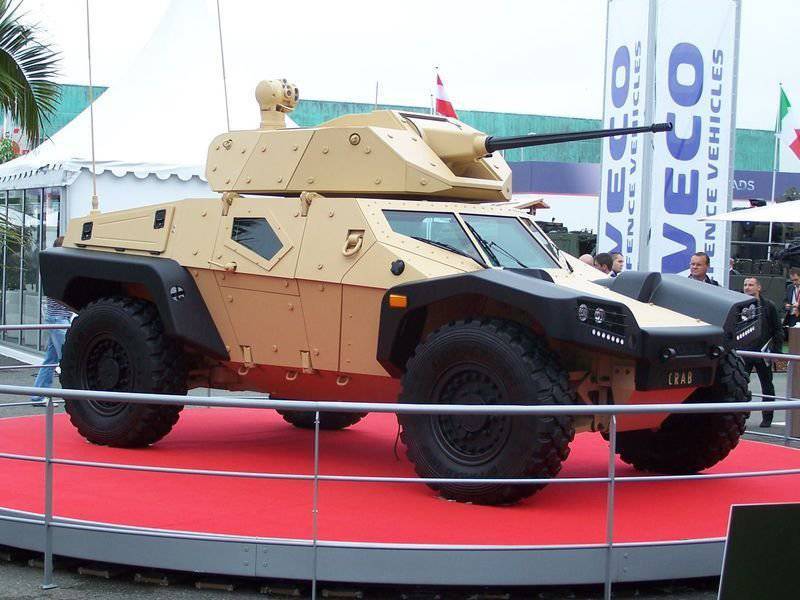
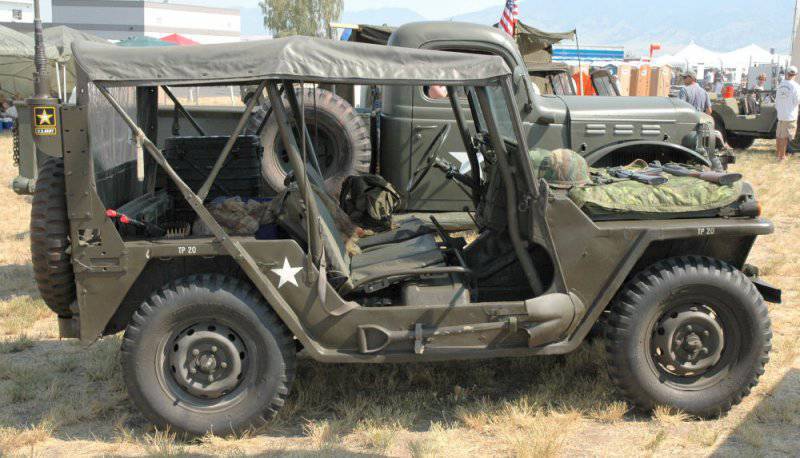
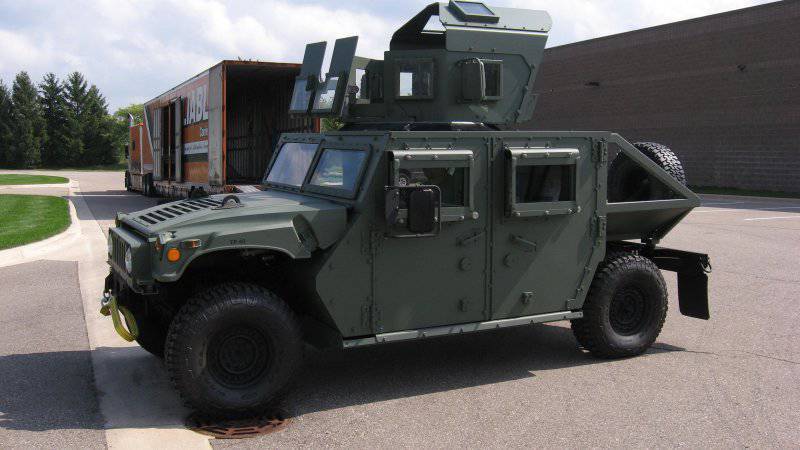
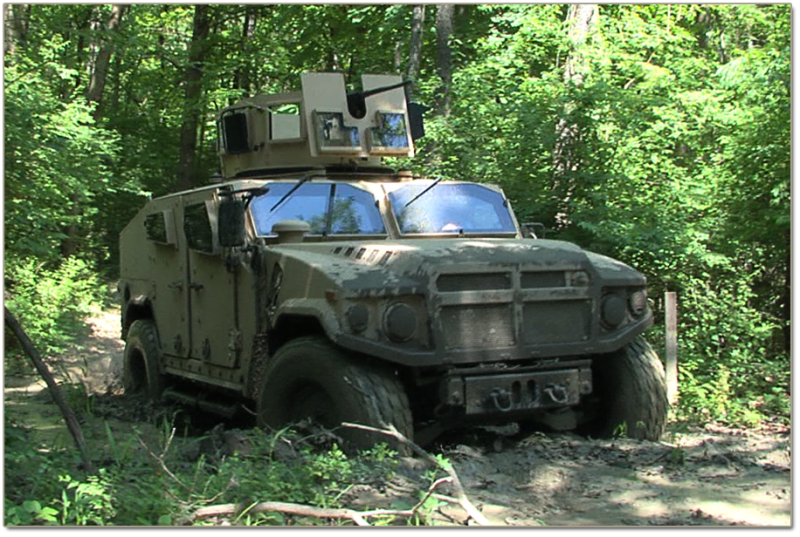
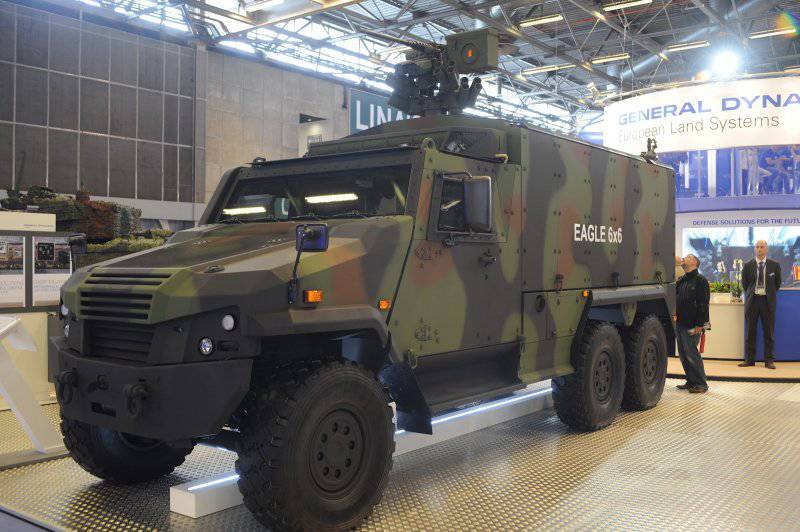
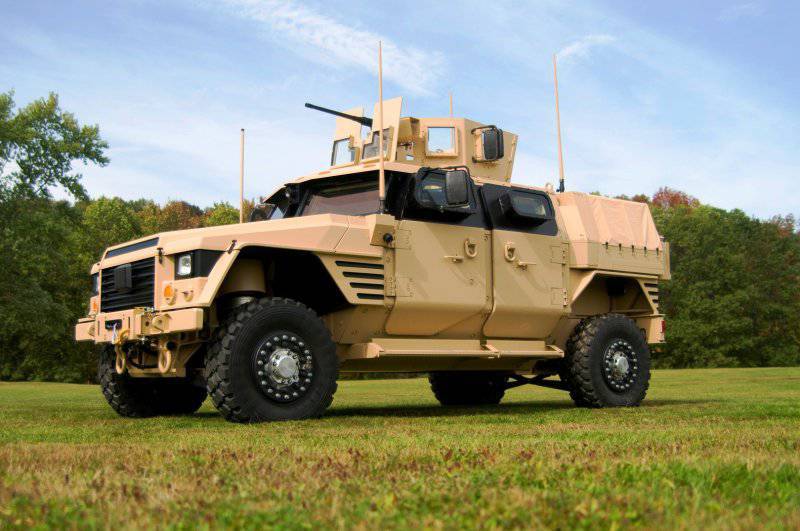
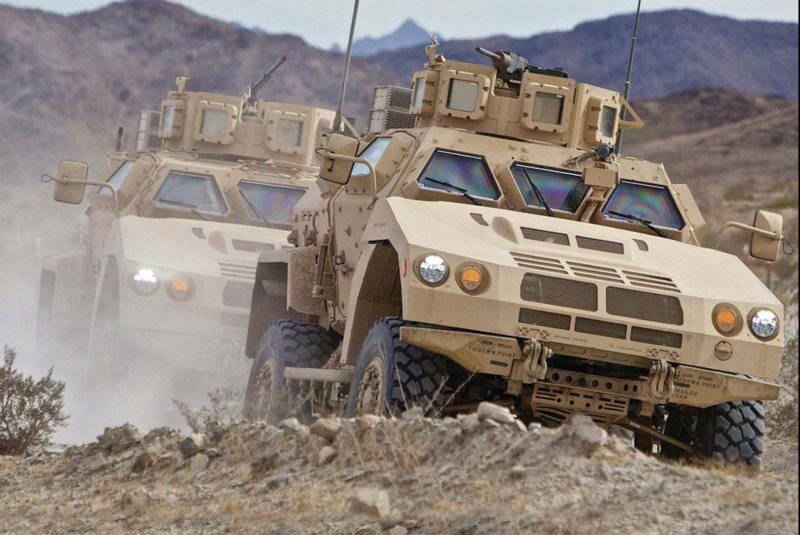
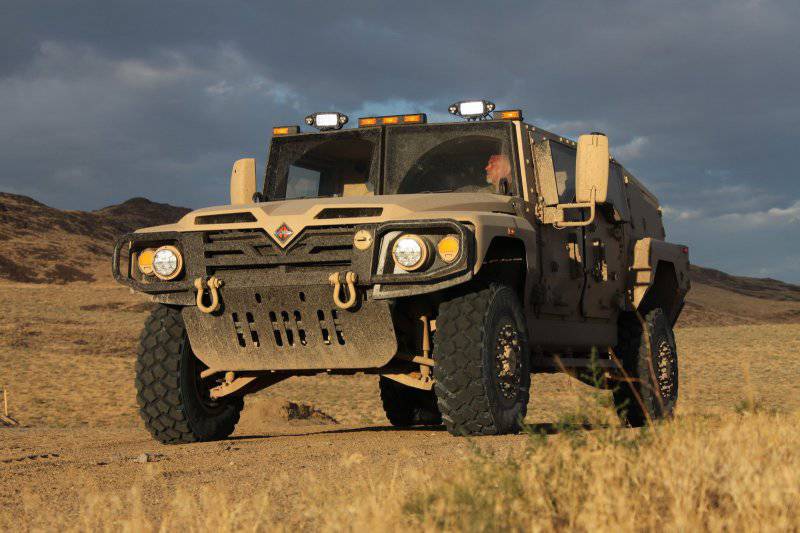
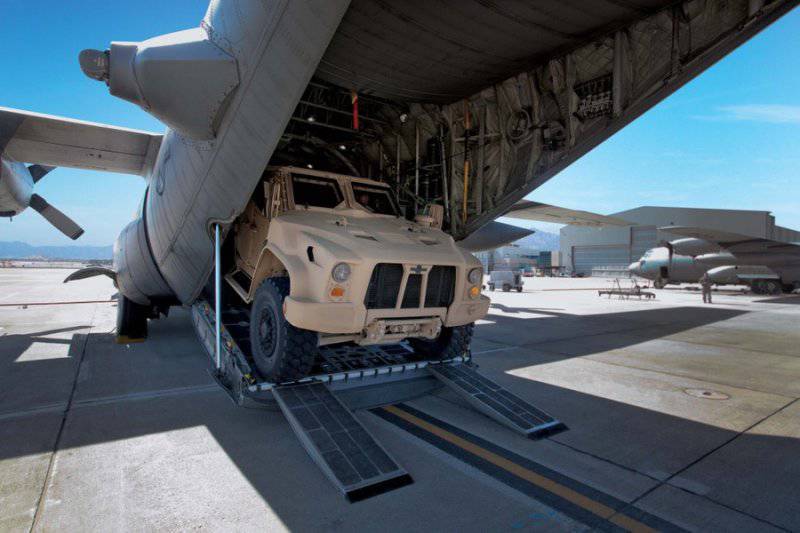
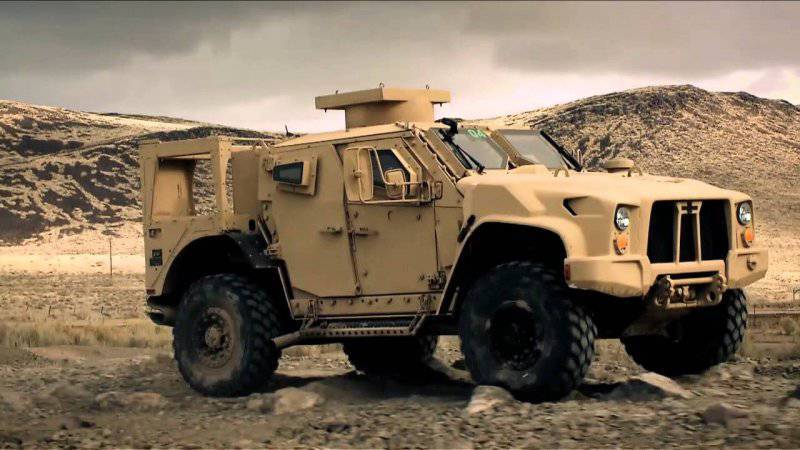
Information